Work
Work
Understanding 'Work' in Bitcoin Mining
The term 'Work' within the context of Bitcoin Mining is perhaps one of the most essential components that users ought to understand. 'Work' refers to the computationally intensive process that miners undertake in order to validate and record transactions on the Bitcoin network.
'Work': A Deeper Dive
In Bitcoin mining, 'Work' involves solving complex mathematical problems. These are not problems you can solve with a pencil and paper. Rather, they require powerful, energy-intensive computers. The miners' machines essentially 'race' to find a solution to these problems – a process known as Proof of Work. The first miner to solve the problem gets the chance to add a new block to the Bitcoin blockchain.
Why is 'Work' Important?
Performing this 'Work' is essentially what keeps the Bitcoin network secure. Miners validate transactions, ensuring they are legitimate and not instances of double-spending. By solving these problems, miners help to build consensus on the network about the order of transactions. In return, they are rewarded with Bitcoins, making 'Work' both a protective measure and incentivised action.
Problems and Solutions
The process of performing 'Work' in Bitcoin mining is not without its issues. The most significant of these is the high energy consumption that the computation requires. However, the Bitcoin community is continuously exploring options to make this process more sustainable, such as using renewable energy sources for mining operations, or investigating alternatives to Proof of Work systems. Ultimately, the concept of 'Work' is a fundamental cornerstone of Bitcoin mining and the wider network's operation.
.To Sum Up
In Bitcoin mining, 'Work' is a complex but essential process. It involves solving complicated mathematical problems to validate and record transactions on the network. This digital 'sweat equity' helps to ensure the security and integrity of the Bitcoin network, making it a central aspect of the Bitcoin ecosystem.
Blog Posts with the term: Work

This guide simplifies Monero solo mining with XMRig, covering setup and optimization to mine efficiently. It explains the benefits of using XMRig, necessary hardware requirements, and how to set up a Monero wallet for secure fund management....
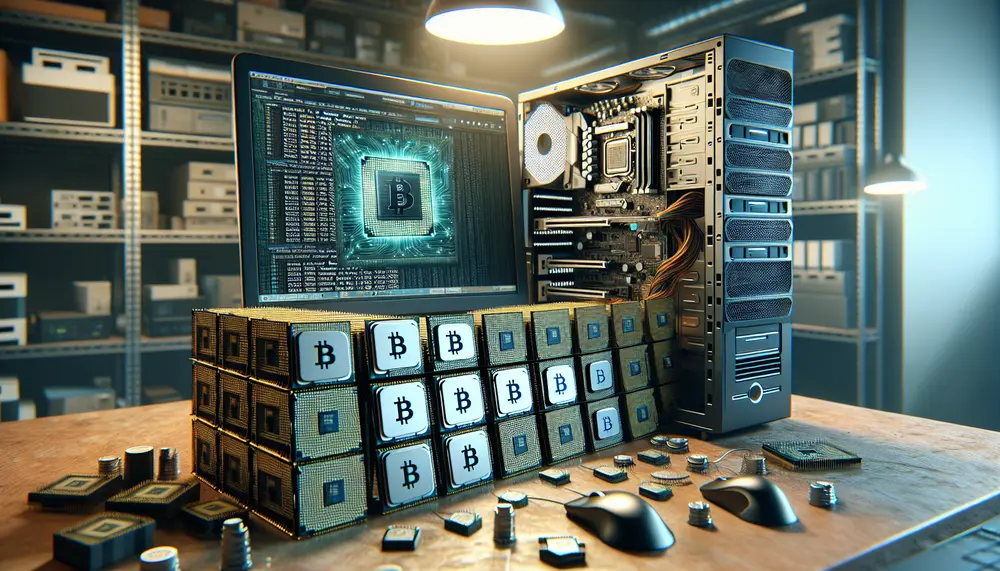
Monero mining with CPUs is accessible and cost-effective due to the RandomX algorithm, which optimizes CPU performance over GPUs; top processors include AMD Ryzen 9 3950X and Intel Core i9-10900K. Benchmarking involves measuring hash rates and power consumption using software...
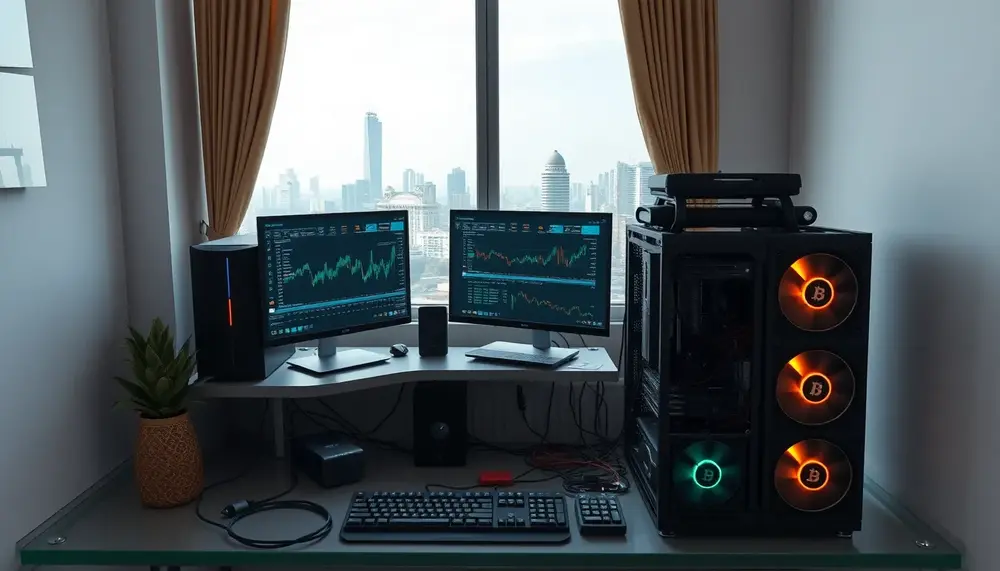
The article discusses the initial investment required for crypto mining in India, emphasizing costs related to hardware, setup, and software. It also highlights key technical specifications needed for mining rigs, such as GPUs and cooling systems, while stressing the importance...
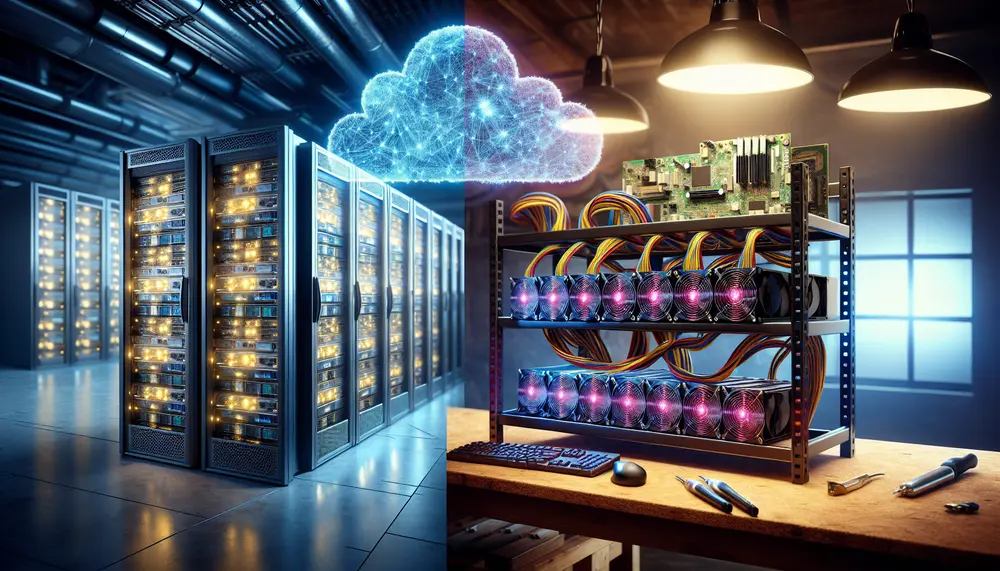
Cloud mining allows individuals to lease processing power from remote data centers for cryptocurrency mining, offering convenience and lower upfront costs but potentially reduced earnings and risks of scams. Hardware mining involves owning equipment with greater control and profit potential...

This guide provides a comprehensive overview of setting up an Ethereum mining rig, covering essential components like GPUs and motherboards, as well as key concepts such as Proof of Work (PoW) and hashrate. By the end, readers will understand how...
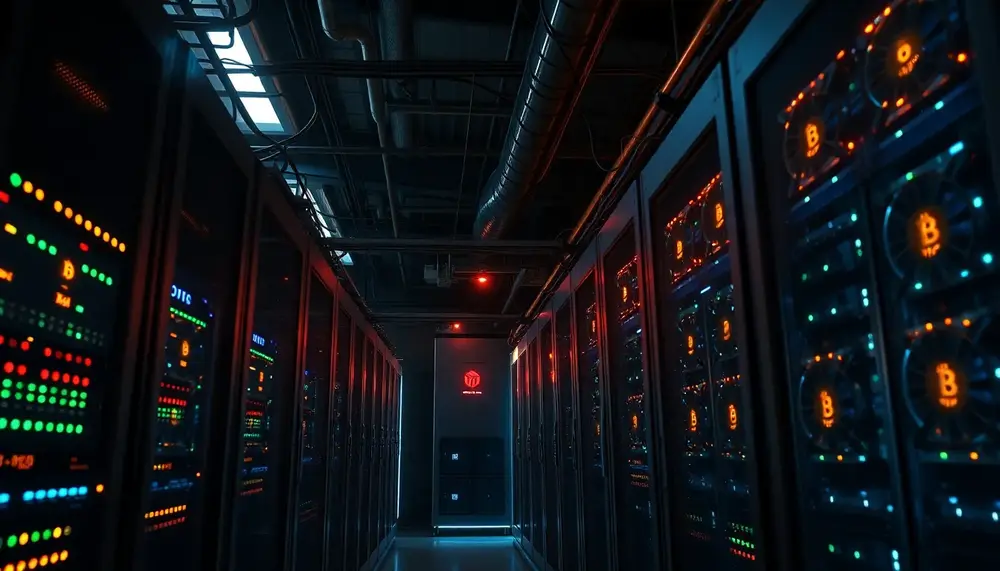
A mining pool is a collaborative group of miners who combine their computational resources to increase the likelihood of successfully mining cryptocurrency blocks and sharing rewards, essential due to the high power demands that make solo mining nearly impossible. Setting...

Mining XRP directly is not possible; instead, miners can earn XRP by mining other cryptocurrencies and exchanging them for XRP. This guide covers setting up a secure wallet, choosing the right software like Unmineable or NiceHash, and configuring your mining...

Real USDT mining apps allow users to mine Tether (USDT) directly from their smartphones or computers, offering a simplified and accessible entry point for both beginners and seasoned miners. These apps feature user-friendly interfaces, automated mining options, real-time earnings tracking,...

Bitcoin mining apps can transform your device into a mini mining rig, but with the market flooded by both genuine and dubious options, it's crucial to verify platforms like Google Play for reliability through download numbers, ratings, user reviews, and...
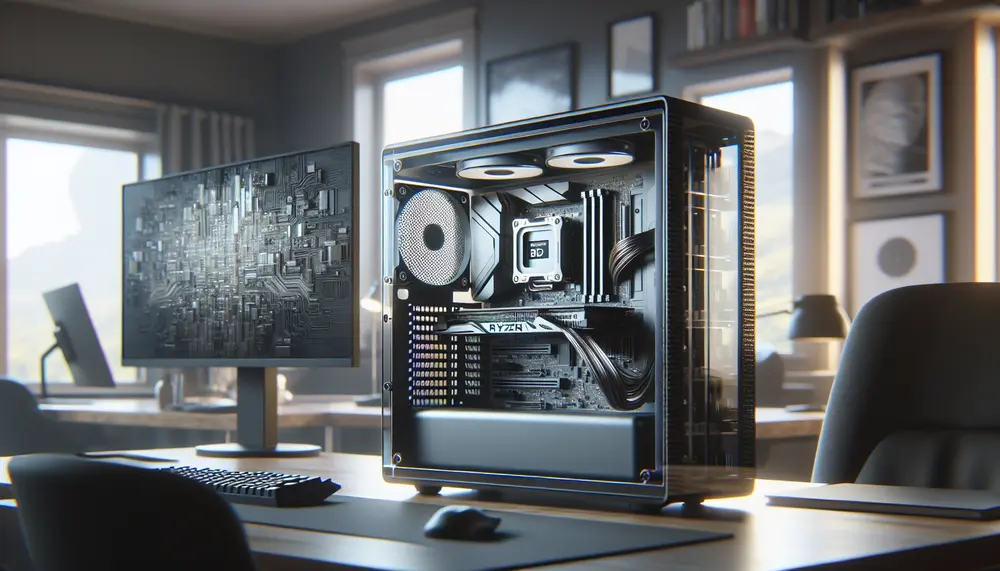
Monero mining on AMD Ryzen CPUs is popular due to their high performance and efficiency; this article provides a guide for optimizing these processors, covering hardware selection, BIOS settings, and software configuration to maximize mining profitability. Key considerations include core...

Bitcoin mining pools are groups of miners who combine their computing power to mine Bitcoin blocks and share the rewards. Joining a mining pool increases the frequency of payouts and reduces the volatility of the mining process, making it a...

This article explores the connection between Bitcoin mining and renewable energy, specifically focusing on solar, wind, and hydropower sources. It highlights the shift towards renewable energy in Bitcoin mining driven by environmental concerns, economic benefits, and advancements in technology. The...
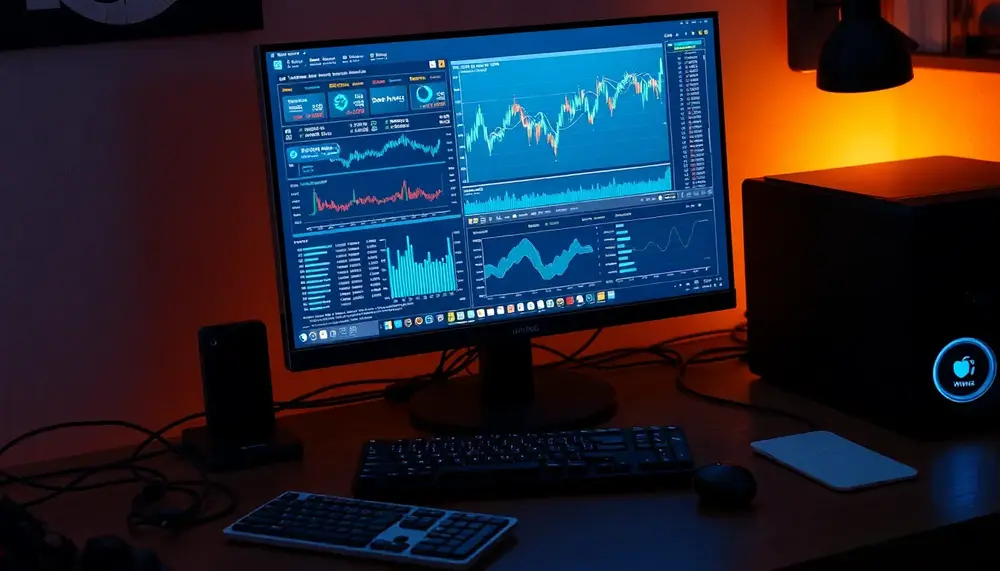
Setting up a mining pool involves configuring the correct URL and port settings to ensure efficient and secure operations, with considerations for cryptocurrency type, geographical location of pools, reputation, fees, supported coins, and security protocols. Understanding commonly used ports like...

Crypto mining on a Mac is possible but requires careful planning due to hardware limitations and software compatibility issues. To optimize performance, choose the right mining software like CGMiner or MacMiner, manage background processes, update your system regularly, and consider...

